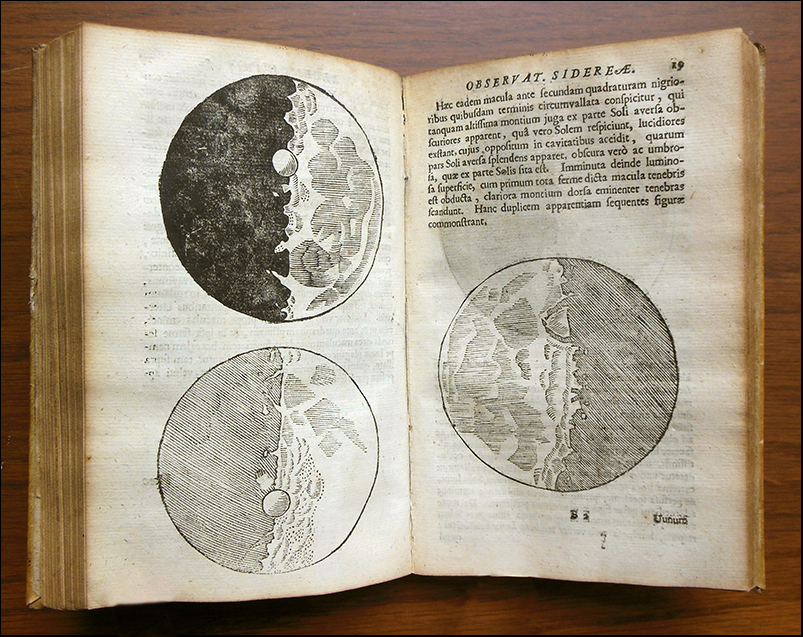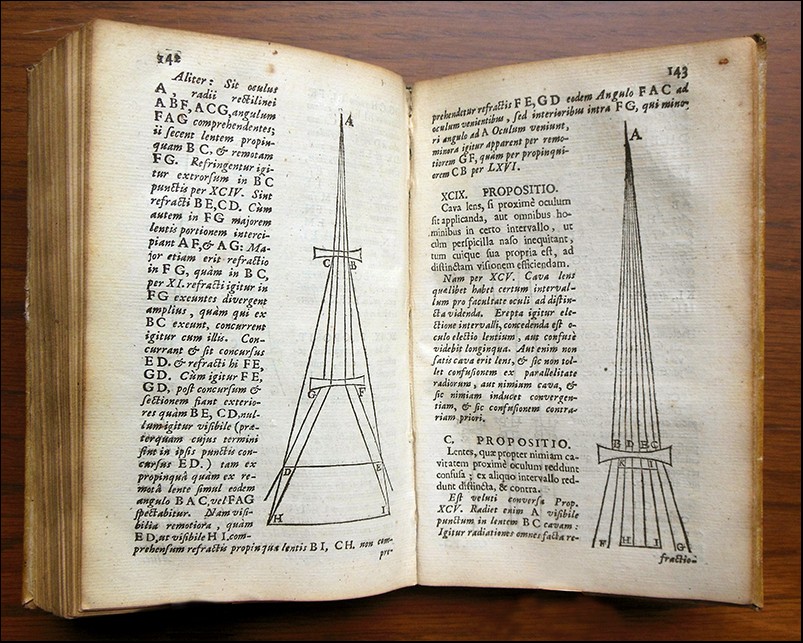An Astronomical Acquisition
Tomorrow is Astronomy Day, a national event founded in 1973 "to increase public awareness about astronomy and our wonderful universe." The weekend weather forecast in Baton Rouge doesn't look so great for stargazing, so if the skies don't clear up, we hope you'll stop by Special Collections and have a look at one of our latest acquisitions, an anthology of writings by the fathers of modern astronomy—Pierre Gassendi, Johannes Kepler, and Galileo Galilei.
Published in London in 1653, the volume begins with Gassendi’s Institutio astronomica. Although better known as a philosopher, Gassendi was the first person to observe the transit of any planet across the sun and to use a camera obscura to calculate the diameter of the moon. Here, he summarizes the competing views of the cosmos, including Ptolemy’s geocentric and Copernicus’s heliocentric models, as well as Tycho Brahe’s less well-known combination of the two.
Galileo’s Sidereus nuncius ("The Starry Messenger") follows. Originally published in 1610, this was the first scientific work based on observations made through a telescope. It contains Galileo’s famous sketches of the moon, showing its craters and mountains and proving that it was not perfectly smooth and spherical, as philosophers and religious leaders had theorized. He also reported that he could see many times more stars through a telescope than with the naked eye. Lastly, he announced his discovery of Jupiter’s moons—further evidence against the earth-centered model of the universe.
The volume concludes with Johannes Kepler’s Dioptrice. Kepler, who had correctly postulated that the planets travel in elliptical orbits around the sun, endorsed Galileo’s discoveries, following them up with his own book on the moons of Jupiter. In 1611, he published the work reprinted here, in which he explained how Galileo’s telescope worked and proposed improvements to its design.
If you’re interested in exploring other "science greats," here are a few from our collections that you won’t want to miss:
- Robert Boyle, New Experiments Physico-Mechanical (1662), a work on air pressure by the father of modern chemistry.
- Isaac Newton, Opticks (1704), on the nature of light.
- Antoni van Leeuwenhoek, Arcana naturae detecta (1722), by the father of microbiology, with some of the first published images of discoveries with a microscope.
- Carl Linnaeus, Systema naturae (1758), the foundation of modern taxonomy.
- Euclid, Elements (1533), the first printed edition of this ancient text on geometry.
- Philosophical Transactions of the Royal Society of London (1665-1870), the world’s first scientific journal, with contributions by scientists from Newton to Darwin.



